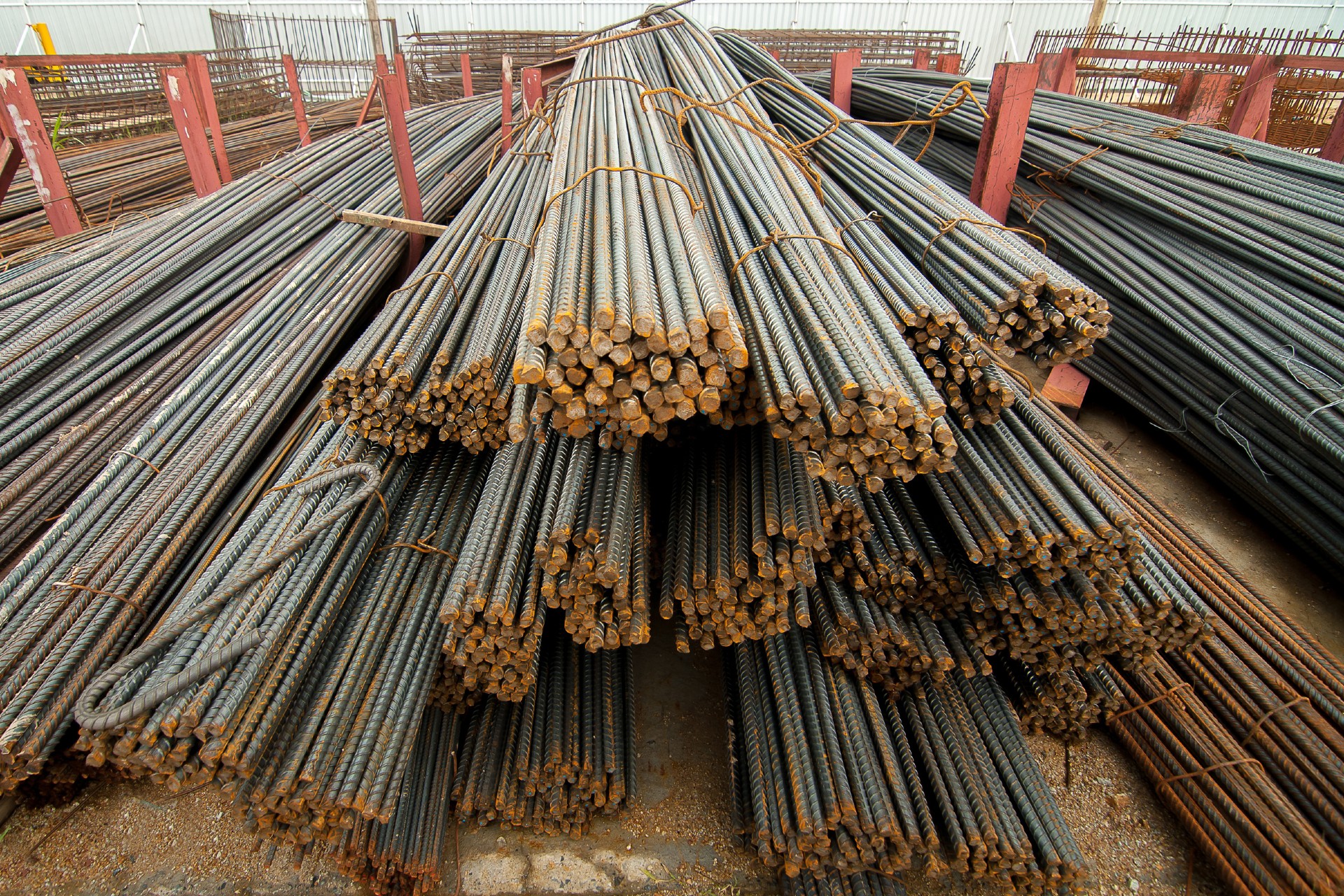Gone (for now, anyways) are the days when professionals could bank on yearly notifications of a 2% to 3% increase. Instead, company owners and managers find themselves receiving notifications frequently, with prices on many SKUs having increased several times this year. Then surcharges for freight and fuel kick in.
“If you haven’t bought [a particular product] in 12 months, then it seems like all of a sudden it’s going up 30%,” says Mark Reed, CEO with Memphis Pool in Memphis, Tenn. “We would have gotten several notices, and by the time it culminates, we’re at 30%, plus surcharges …”
It can be overwhelming — just keeping track of these changes, let alone deciding how to respond. Here, professionals share how they track the increases, along with when and how they pass them on to customers.
Mark Reed
CEO
Memphis Pool
Memphis, Tenn.
Retail, service, construction
We change our retail pricing as soon as we get notice of a manufacturer increase.
The argument is, “Why do you do that before you reorder and actually pay the increase?” My view is that it’s going to cost us that much more to replace the product that you just sold. So that increase needs to be passed along to the customer, so you can keep your products on the shelf at the appropriate pricing.
We don’t just readjust based on the manufacturer’s increase: If they go up 3%, we don’t just go up 3%. We look at the target margin for each product category and recalculate based on that. If you don’t — if all you do is maintain the markup — you’ll have margin erosion. Something that you had, say, a 60% to 70% margin on over the years, you can fall down to 50%.
And the difference is substantial between pricing based on markup or margin. Let’s say we have something for $10,000 cost, and we have a 65% margin on it. That means you’re going to sell it at $25,000. If you get a 3% increase and just apply that to your selling price, you’ll sell it at $25,750. If you maintain your 65% margin, you’re going to have to sell that item for $29,400.
Years ago we went through all our product lines and determined what is a reasonable margin for each category of product that we carry. That’s the margin that we strive to maintain. Because of availability, we have inched up margins on chemicals, mainly chlorine. We’re not making drastic changes. And the trade off is that you’re only going to have that item for a little while, then you’re going to run out again.
Rich Gallo
CEO
PureSwim
Valencia, Calif.
Service, renovation
We knew last year that this is the new territory we were going to be in. And tracking of this was going to be a headache and a nightmare. Manpower is crucial, so we didn’t want to create a special assignment or task to track price increases. We just knew we’d have to get ahead of it.
So we sent out increases last year, and we made the increases comfortable enough for the customer, but made it clear that the increases were permanent. We positioned ourselves in the increase letter that it’s now going to cover our current and future increases in raw materials.
We made it clear that we were responding to more than just a singular event. When you do that, they understand that there are a lot of things happening in the marketplace — we’re dealing with a historic chemical shortage, manufacturer production shortages and a labor shortage.
We also let them know how we were responding to these market conditions, such as heavy purchase ordering on whole goods and equipment, storing a year and a half supply of chemicals. We figured we’d have added value. So we let them know, “Hey, the storm’s coming, but we’ve already battened down the hatches and we’re prepared for this.” So it made it really comfortable for them to accept the increase.
Some of our customers hadn’t seen an increase in three or four years, so they could be more than $100 off. So it was just time anyway. We really had to bring everybody up to our current price. Out of almost 300 customers, only one person said they couldn’t pay the higher price. He’s a good customer, so we said, “We’ve had success with other people on the route, we’re comfortable and you’re a good customer, so we’d like to continue the service without the increase.”
Bruce Dunn
President
Mission Pools
Escondido, Calif.
Construction, service
Usually price increases that come in have a lead time to them. So we’ll put into our retail pricing a timeline that’s set up for pricing based on today. Right now, if you had a job that we bid more than 45 days ago, it’s going to be re-bid. Sometimes I’ll give a little bit on that, but if I bid that project with you in June and now it’s September, it’s going to be rebid.
At this point, I honestly think that the consumer understands that you just can’t sit on your hands forever and expect the price to stay the same.
Maurice Bushroe
President/Owner
Blue Ribbon Pools
Port Orange, Fla.
Construction, service
On the service and maintenance part of the business, we are certainly looking at ways of becoming much more efficient, and looking at new sources and new suppliers. On the construction and renovation side of the business, it’s even more difficult. Where in service and maintenance, we send that invoice out every month, or that repair bill can be priced based on current costs, when it comes to new construction, you’re talking about things that don’t start for months. There, we are looking to minimize our risk by purchasing materials and equipment at the time of contract. So where before, the down payment would have gone in the bank, now we go and buy equipment and materials and warehouse them so we can control our costs. We can’t do that with all products and materials, but we’re trying.
Dan Lenz
Vice President
All Seasons Pools & Spas
Orland Park, Ill.
Retail, service, construction
We purchase through a buying group. But if we’ve run out of a product and our direct-from-manufacturer order hasn’t shown up yet, we’ll work with local distributors who might have some product on hand. But the pricing is always higher than what we’re paying through the buying group direct. We have to take that into account, so we’ve had some spikes through the season where a certain size heater, for example, cost 15% more when we purchase it from the distributor than when we order from the buying group. For that period, we’ll have a spike reflecting that 15% increase until we exhaust those units. Eventually the order direct from the manufacturer will come in and our price will go back down. So our prices have been fluctuating based on what our costs are continually throughout the year.
We’re fortunate in that we have staff able to handle making those changes on the fly. It’s not an easy task, but with 50 employees and people’s duties distributed, we’ve got some coverage there where we can say, “Okay, this is important. Take your morning and get this figured out, and then that’s the new price.”



